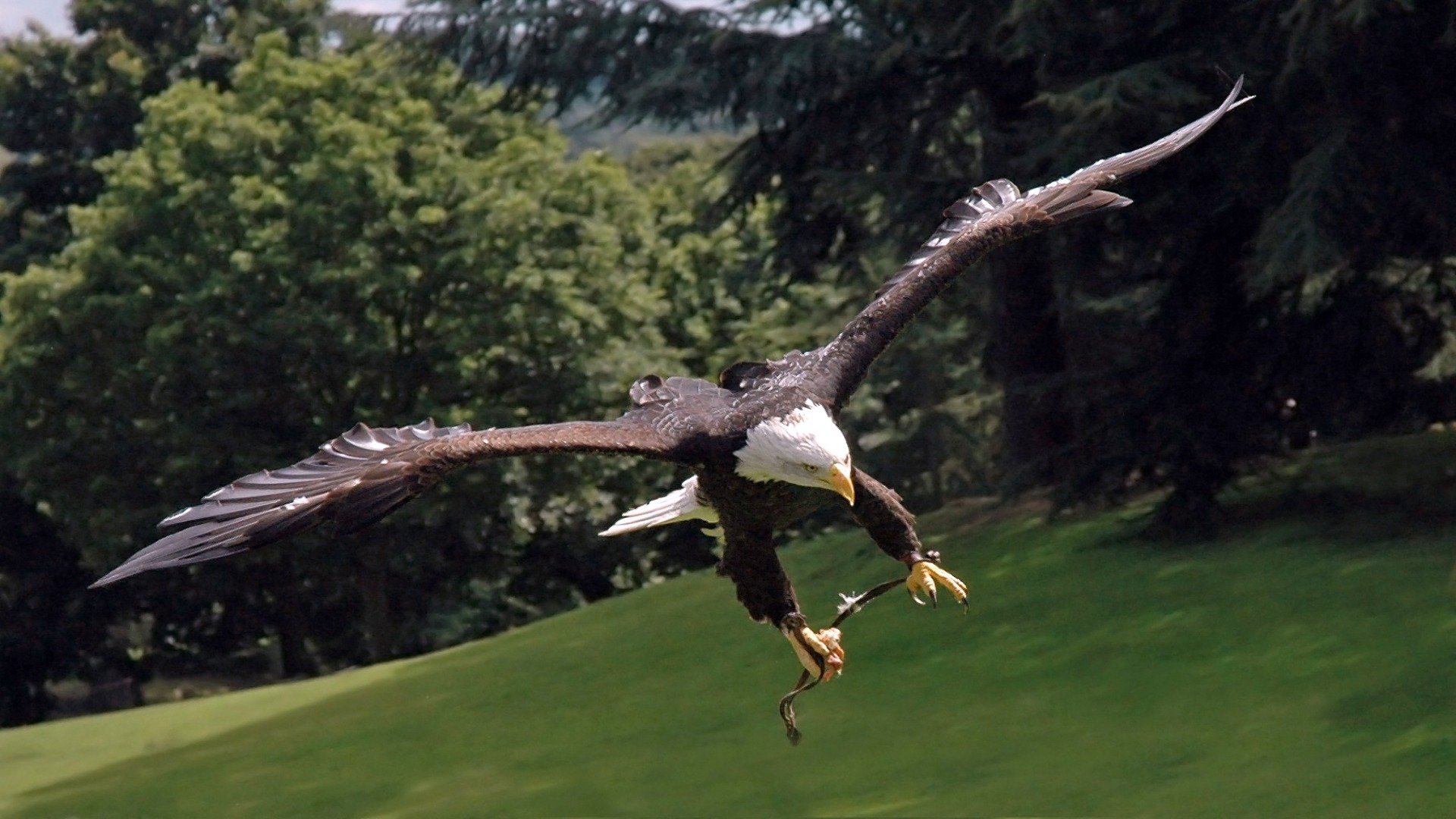America’s national bird, the majestic bald eagle, has long captivated our imagination with its impressive hunting prowess. While commonly depicted snatching fish from sparkling waters, these remarkable raptors employ a diverse and sophisticated arsenal of hunting strategies that extend far beyond mere fishing. From their extraordinary vision to their strategic hunting partnerships, bald eagles demonstrate remarkable adaptability and intelligence in their pursuit of prey.
This article explores the fascinating and varied hunting techniques of these apex predators, revealing why they’re among nature’s most successful hunters and dispelling the notion that they are simply fishers.
The Exceptional Vision of a Master Hunter
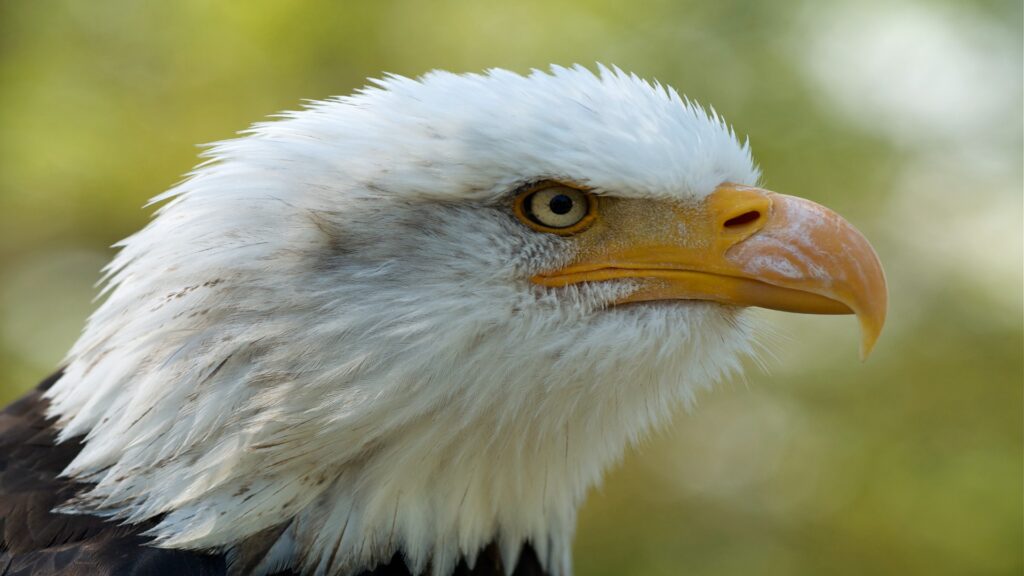
The bald eagle’s hunting success begins with its extraordinary vision, which is estimated to be at least four times sharper than human eyesight. These birds can spot a rabbit moving from almost two miles away, giving them an incredible advantage when scanning for potential prey. Their eyes contain more light-sensitive cells and have a higher density of visual receptors, allowing them to perceive more detail at greater distances. Additionally, bald eagles can see ultraviolet light invisible to humans, helping them track prey by detecting urine trails that glow under this light spectrum.
Fishing: The Signature Technique
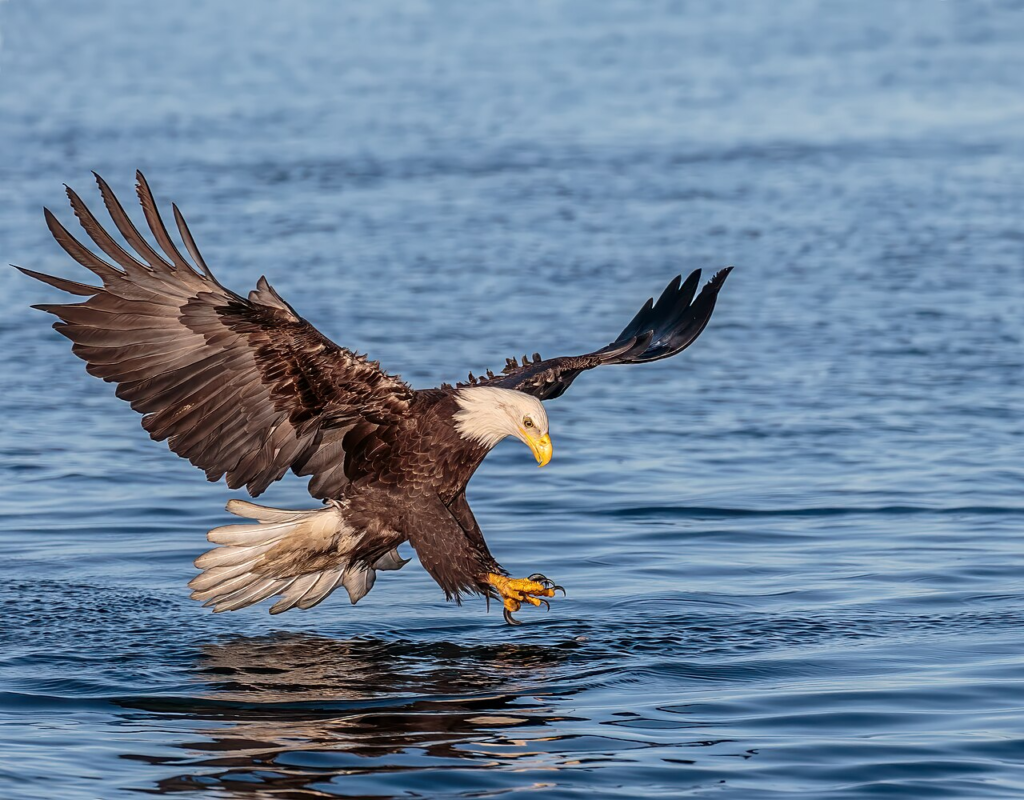
Fishing remains the bald eagle’s most iconic hunting technique, showcasing their remarkable precision and timing. When hunting fish, these birds soar between 50 and 200 feet above water bodies, using their keen eyesight to detect fish swimming near the surface. Once prey is spotted, they execute a controlled dive, extending their powerful talons forward at the last moment to snatch fish with minimal water penetration.
Their specialized footpads, called spicules, feature tiny projections that act like fishhooks, gripping slippery prey securely. Remarkably, bald eagles can carry fish weighing up to half their body weight, though they may consume larger catches in the water before flying off with the remainder.
Waterfowl Hunters: The Aerial Ambush
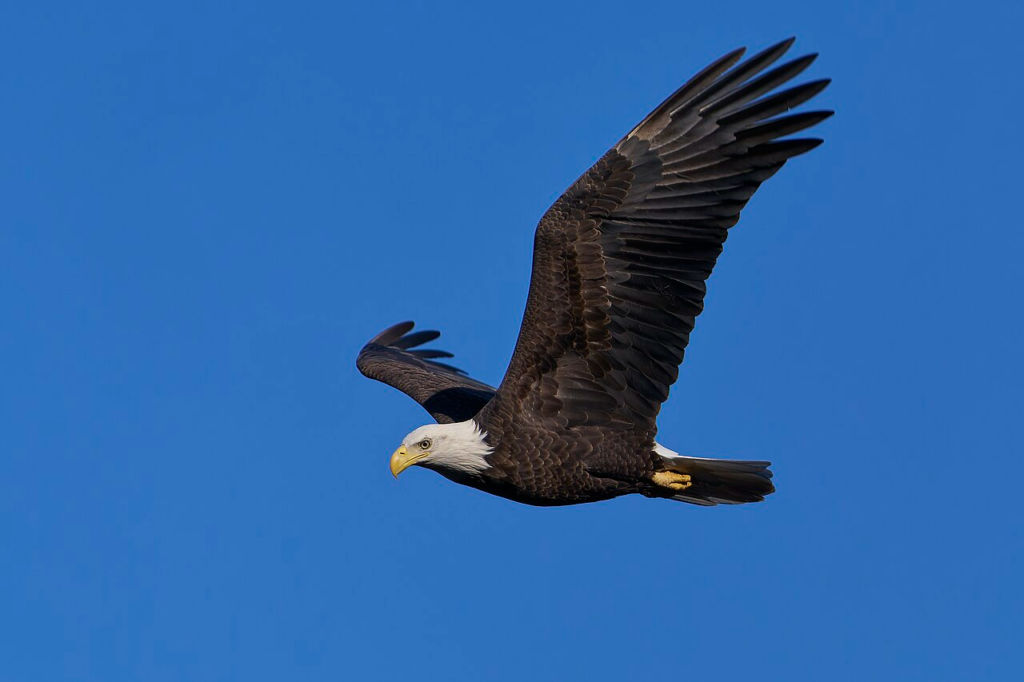
Beyond fishing, bald eagles are accomplished hunters of waterfowl, employing tactics that highlight their aerial agility and strength. When targeting ducks, geese, or other water birds, eagles often use the element of surprise, flying low over water to flush birds into flight, then pursuing them in a high-speed chase. Unlike falcons that strike prey in mid-air, bald eagles typically force waterfowl to exhaust themselves before capturing them.
Some eagles have developed a technique of flying directly at flocks to create panic, separating weaker individuals from the group for easier targeting. Their powerful talons deliver a crushing grip that can kill waterfowl almost instantly once captured.
The Pirating Strategy: Kleptoparasitism
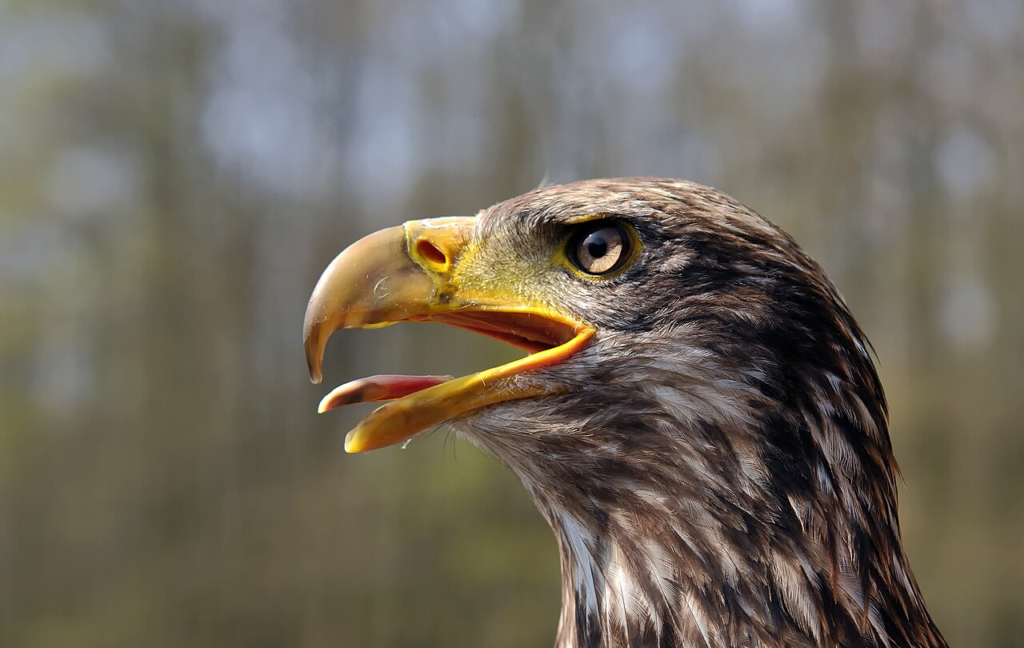
Bald eagles are notorious practitioners of kleptoparasitism—the act of stealing prey from other predators—demonstrating both their opportunistic nature and social dominance. This energy-efficient hunting strategy often targets osprey, which are excellent fishers but no match for an eagle’s size and aggression. Eagles will harass osprey in flight, forcing them to drop their catch, which the eagle then intercepts mid-air in a spectacular aerial maneuver.
This behavior isn’t limited to targeting osprey; bald eagles readily steal from other eagles, herons, and various predators. Some studies suggest kleptoparasitism may account for up to 35% of an eagle’s diet in certain regions, particularly when fish are less accessible.
Mammalian Prey: Land-Based Hunting
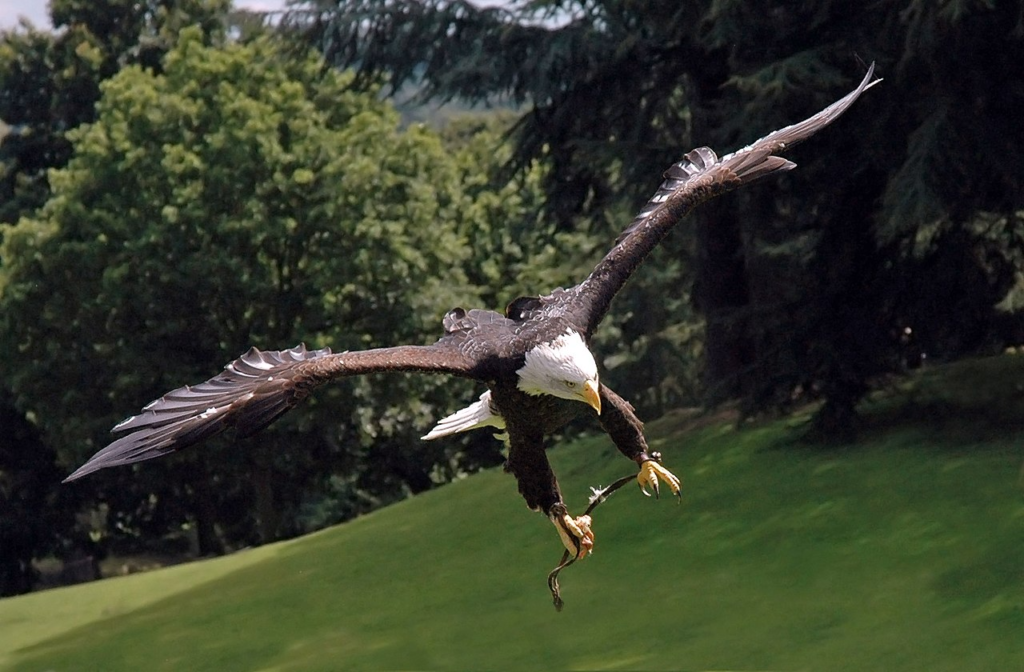
Contrary to popular belief, bald eagles are accomplished hunters of land mammals, including rabbits, hares, raccoons, muskrats, and even young deer fawns. When hunting mammals, eagles typically perch at elevated vantage points, patiently scanning open areas for movement before launching a surprise attack. Their approach to capturing mammals differs from fishing techniques—they often pursue prey on the ground for short distances if necessary.
The crushing power of an eagle’s grip, measured at about 400 pounds per square inch, allows them to subdue surprisingly large mammals. During winter months in northern regions, mammalian prey becomes increasingly important as water bodies freeze over, limiting access to fish.
Reptile and Amphibian Capture Techniques
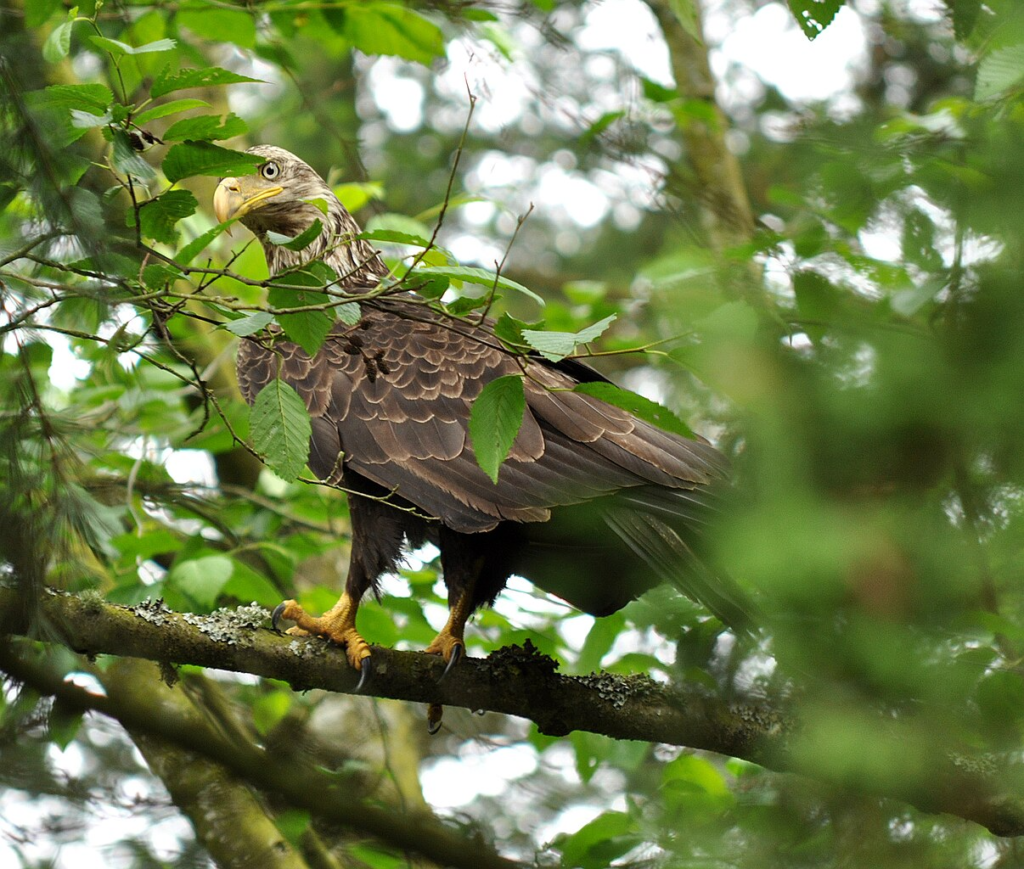
Bald eagles demonstrate remarkable versatility by including reptiles and amphibians in their diet, employing specialized techniques to capture these prey types safely. When hunting snakes, eagles typically target the head first to neutralize any threat, using their powerful beaks to crush the skull before consumption.
For turtles, eagles may carry them to great heights before dropping them onto hard surfaces to crack their shells, a behavior observed in other raptor species like golden eagles. During breeding season, when energy demands are high, eagles often wade into shallow wetlands to capture frogs, salamanders, and other amphibians, demonstrating surprising patience as they stalk through water.
Cooperative Hunting: A Family Affair
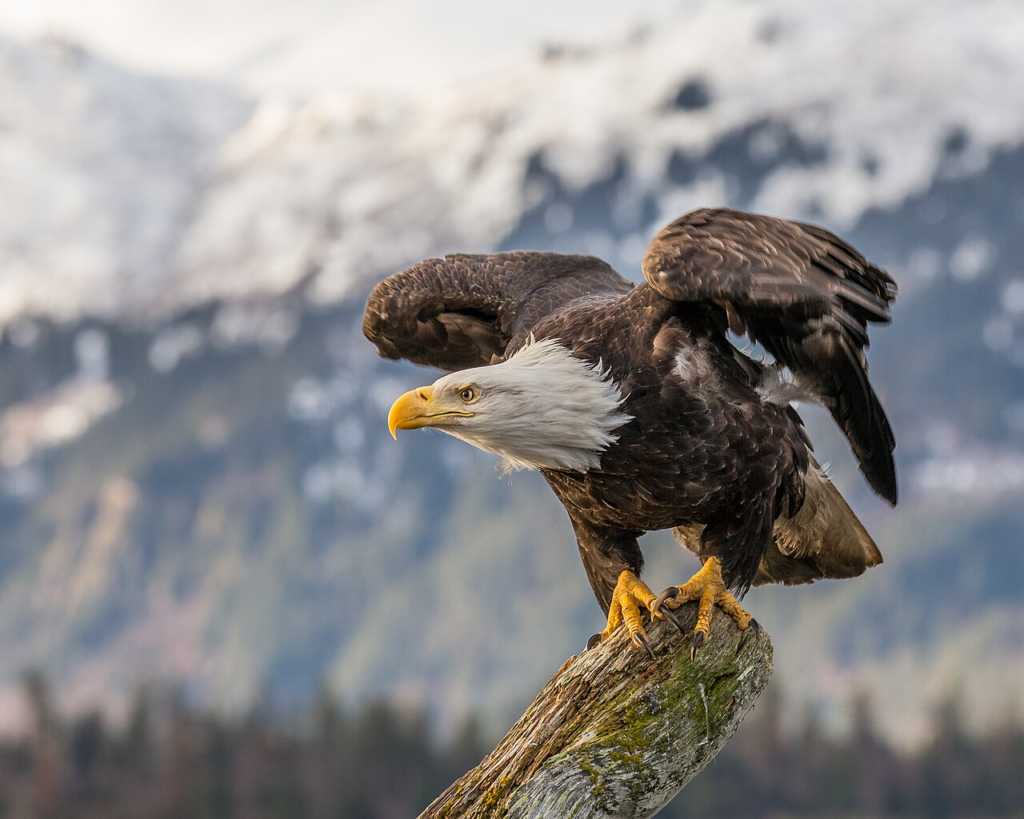
Though often portrayed as solitary hunters, bald eagles occasionally engage in cooperative hunting strategies that showcase their social intelligence. Mated pairs frequently hunt together during breeding season, with one eagle flushing prey toward the waiting partner. This teamwork substantially increases hunting success rates, particularly when targeting large water birds like herons or waterfowl.
Researchers have documented cases where eagle pairs work in tandem to exhaust diving birds, taking turns pursuing the prey until it’s too tired to escape. Perhaps most impressively, parent eagles teach these cooperative techniques to their offspring during the lengthy period before fledglings become independent.
Scavenging: The Opportunistic Approach
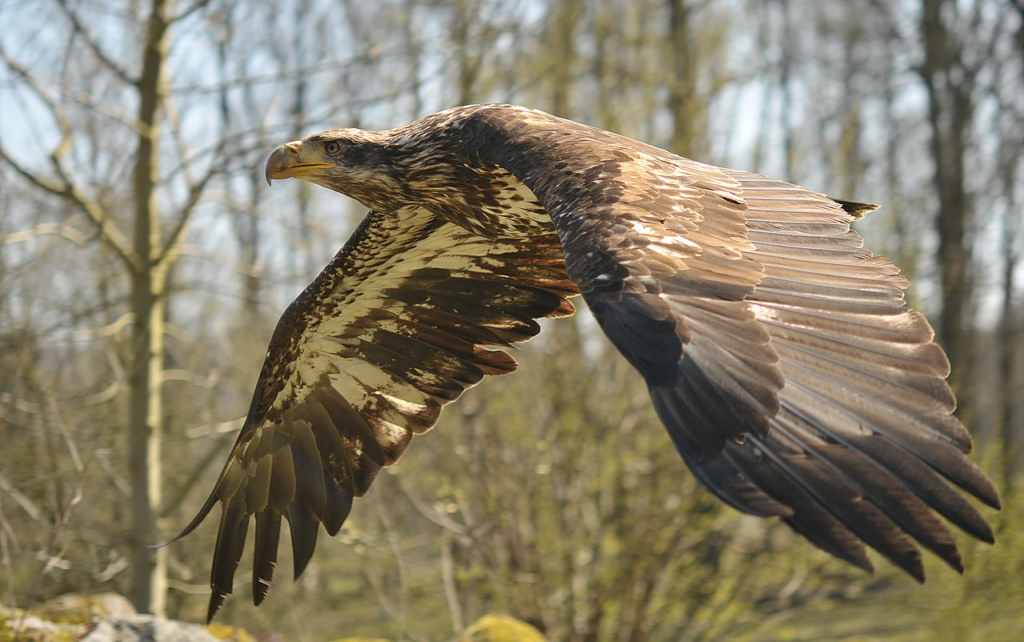
Despite their fearsome hunting abilities, bald eagles are equally adept scavengers, readily feeding on carrion when available. This opportunistic feeding strategy becomes particularly important during winter months when hunting requires more energy expenditure. Eagles can detect decaying matter from miles away and will gather in large numbers around abundant food sources like salmon runs or mass wildlife die-offs.
Their specialized digestive system includes powerful stomach acids that can neutralize bacteria found in decomposing flesh. Interestingly, young eagles rely more heavily on scavenging than adults, as they’re still perfecting their hunting techniques during the first four to five years of life.
Seasonal Adaptations in Hunting Behavior
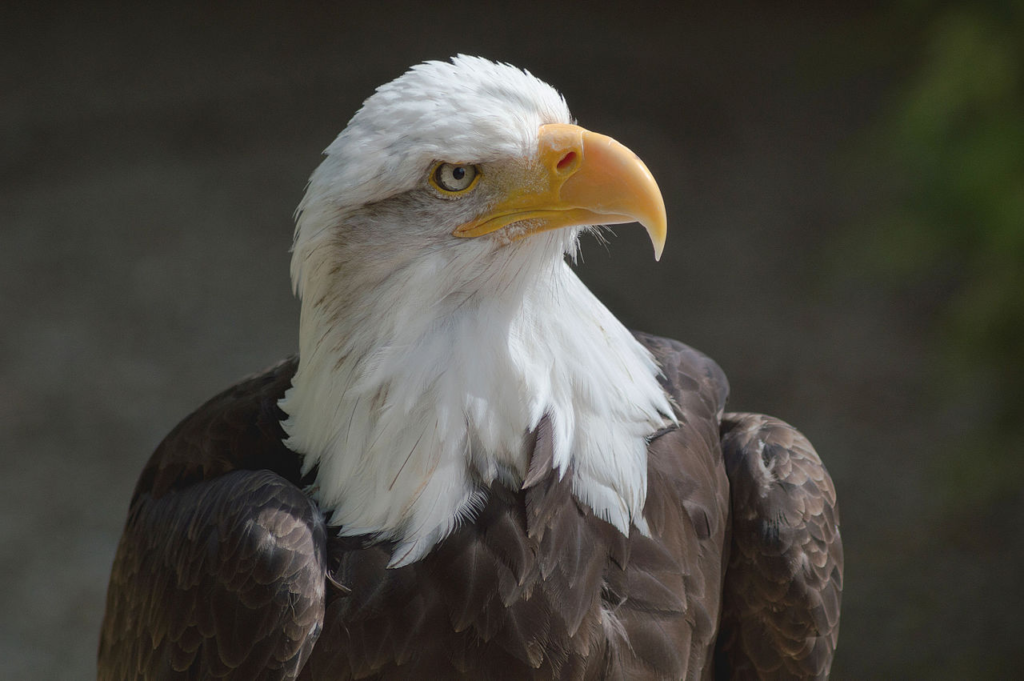
Bald eagles demonstrate remarkable adaptability by shifting their hunting techniques according to seasonal changes and prey availability. During salmon spawning seasons, eagles congregate near rivers and streams, often wading into shallow waters to grab exhausted fish. In winter, when northern waters freeze, many eagles migrate to ice-free areas or shift toward mammalian prey and carrion.
Spring brings nesting season, when hunting efficiency becomes critical as adults must feed growing eaglets that consume up to a pound of food daily. Summer may see increased targeting of reptiles and amphibians as these cold-blooded creatures become more active and accessible in warmer temperatures.
The Physics of the Dive: Speed and Precision
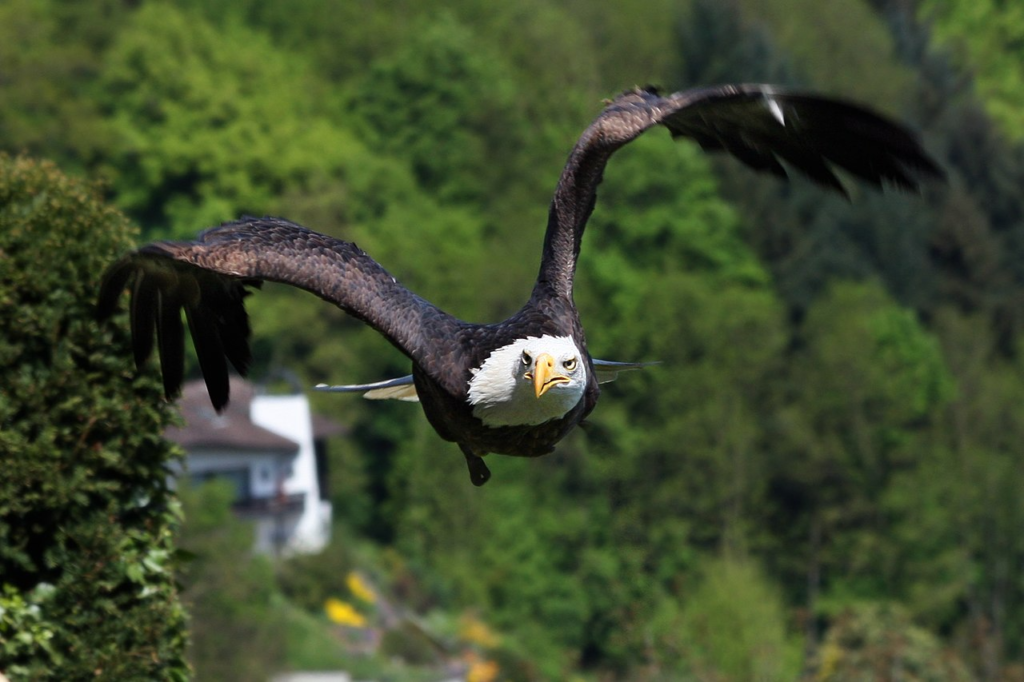
The bald eagle’s hunting dive represents a masterclass in applied physics, combining speed, trajectory calculation, and precise timing. When initiating a fishing dive, eagles typically fold their wings partially back, creating an aerodynamic profile that allows them to reach speeds approaching 100 miles per hour. They must calculate not only the position of moving prey but also account for light refraction in water, which makes fish appear in a slightly different position than their actual location. Most impressively, eagles can adjust their dive angle and speed mid-descent if prey changes direction. The final moment of the dive includes a complex sequence of extending the legs forward while simultaneously using the wings as air brakes to prevent plunging too deep into the water.
The Role of Talons and Beak
The bald eagle’s primary weapons—its talons and beak—represent specialized tools perfectly adapted for different aspects of hunting and feeding. Each foot possesses four talons of unequal length, with the hallux (rear-facing talon) and the front middle talon forming powerful opposable grips that can exert pressure exceeding 400 pounds per square inch. This crushing force can instantly kill small prey or puncture vital organs in larger animals.
The sharply hooked beak serves a complementary role, designed not for killing but for tearing prey into manageable pieces. Eagles have developed a specialized technique of holding prey with one foot while using the beak and other foot to systematically dismantle their food, demonstrating remarkable dexterity for a bird of prey.
Learning and Intelligence in Hunting
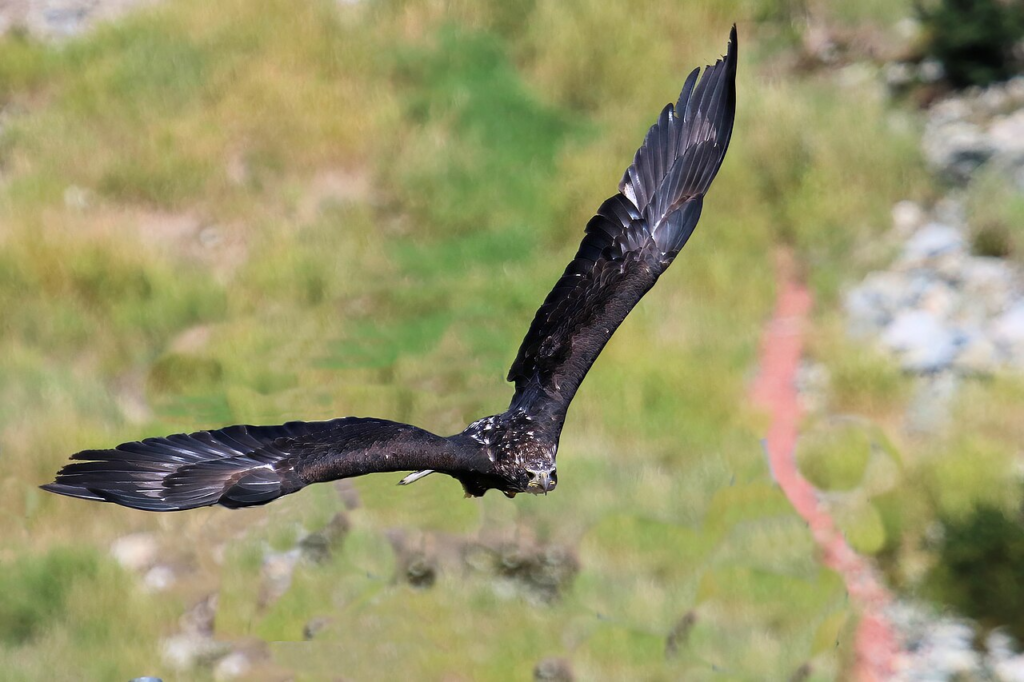
Recent research has revealed that bald eagles display remarkable learning capacity and problem-solving intelligence in their hunting approaches. Young eagles spend up to five years perfecting their hunting techniques through observation, imitation, and practice before reaching full hunting proficiency. Eagles living near human settlements have been documented learning to follow fishing boats for easy meals or monitoring specific farm operations that might provide food opportunities.
Some populations have developed localized hunting specializations passed through generations, such as techniques for hunting specific prey species found only in their territory. This adaptability and capacity for learning helps explain how bald eagles have successfully recovered from near-extinction to recolonize diverse habitats across North America.
Conclusion
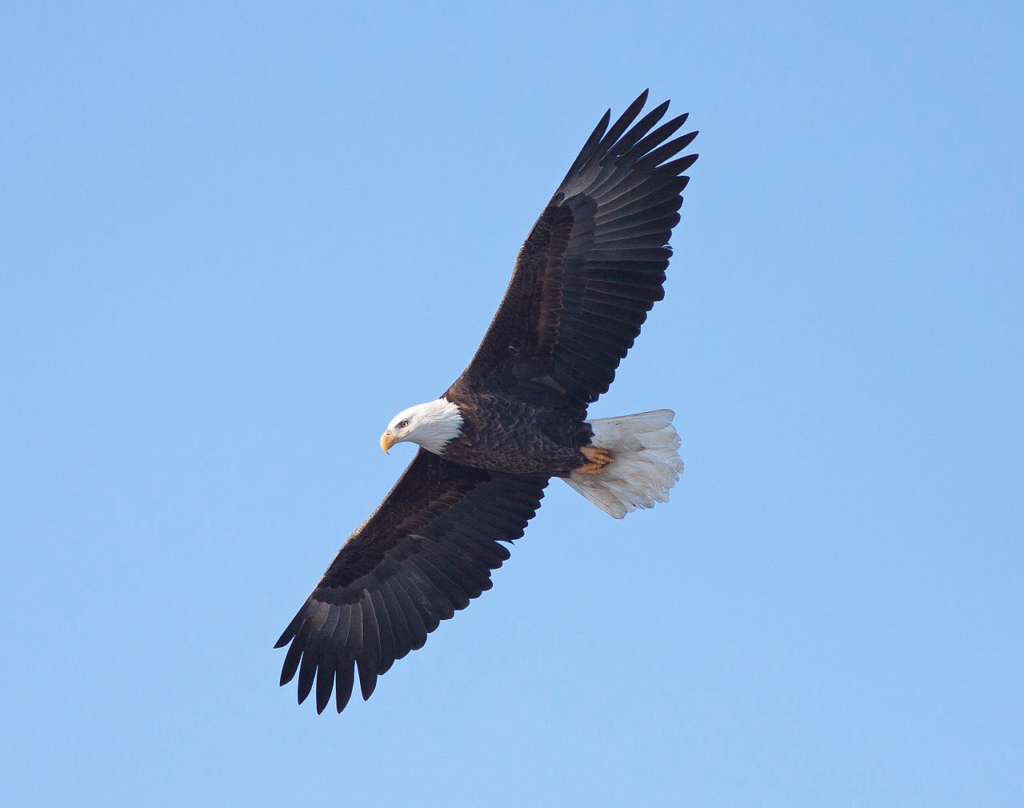
The bald eagle’s reputation as a fishing specialist only scratches the surface of this remarkable predator’s hunting capabilities. From sophisticated aerial pursuits of waterfowl to cooperative hunting strategies, from the theft of others’ catches to the patient stalking of mammals, these birds demonstrate extraordinary versatility and intelligence.
Their hunting prowess stems from a perfect storm of evolutionary advantages: unparalleled vision, powerful talons, aerodynamic excellence, and adaptive intelligence. As we continue to protect these magnificent birds and their habitats, we’re rewarded with the opportunity to witness one of nature’s most accomplished hunters employing their diverse arsenal of hunting techniques—proving definitively that bald eagles are far more than just fishers.

